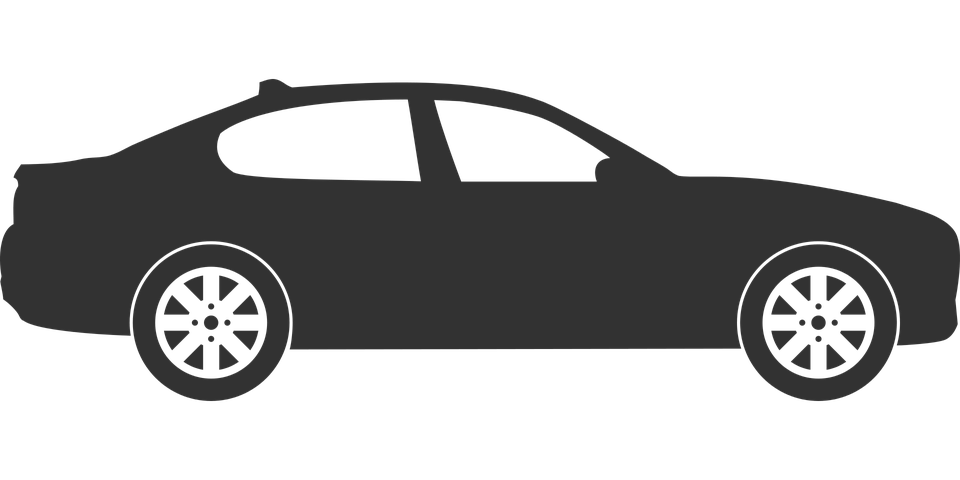RESULTS
The different sections of this page present the results of your analysis, based on the concept of life cycle assessment. Each relevant phase of the life cycle of the vehicle is considered and characterized against environmental and economic indicators.
This is a useful tool when comparing technologies that have environmental hotspots at different phases of the life cycle of a vehicle.
 REFERENCE
REFERENCE
Any use of the results or inventories under any form should be referenced as following:
When, where and how can the electrification of passenger cars reduce greenhouse gas emissions?
Sacchi R., Bauer C., Cox B., Mutel C.
Renewable and Sustainable Energy Reviews. Article (PDF).
carculator online (1.3.2), carculator (1.8.4)
 VEHICLES SUMMARY
VEHICLES SUMMARY
Here are the vehicles parameters considered for the results presented below (limited to 6 vehicles).
If you wish to modify some of these parameters (fuel blends, engine efficiency, battery size, etc.) or if you wish to add other vehicles (other sizes, other years of manufacture), go to the CONFIGURATION (login required, registration and use are completely free).
|
|
 LIFE CYCLE IMPACT ASSESSMENT - MIDPOINT INDICATORS
LIFE CYCLE IMPACT ASSESSMENT - MIDPOINT INDICATORS
By default, the chart below shows the environmental impacts in terms of greenhouse gas emissions emitted for each vehicle, per km driven. The results are sub-divided into categories: powertrain, maintenance, fuel manufacture, energy storage, etc. The user can change the environmental indicator using the list on the left. The user can isolate some of the impact categories by clicking them out from the legend area.
Impacts per kilometer |
|||
|---|---|---|---|
|
|||
|
|
|||
Accumulated impacts over lifetime |
Midpoint indicators normalized by the average annual impact of a person |
|||||||||||||||||||||||||||||
|---|---|---|---|---|---|---|---|---|---|---|---|---|---|---|---|---|---|---|---|---|---|---|---|---|---|---|---|---|---|---|
|
The graph below illustrates the accumulated impacts of the vehicles along their use phase. The intercept of the slope represents the impacts associated with the production of the vehicle, occurring before the use phase, while the slope illustrates variable emissions associated with the preparation of the fuel (or generation of the electricity) and direct exhaust and non-exhaust emissions. You may select an impact category to consider from the dropdown menu below. |
This graph shows midpoint indicators normalized by the average impacts of a person in 2010. This helps identify which midpoint indicators are the most relevant. You can add or remove indicators to consider. Because these indicators are normalized, they are not expressed in their original unit, but as a fraction of the impact of an average person over the year 2010. Source for normalization factors and recommendations: European Commission, 2017
|
|||||||||||||||||||||||||||||
|
|
||||||||||||||||||||||||||||||
 LIFE CYCLE IMPACT ASSESSMENT - SINGLE SCORE
LIFE CYCLE IMPACT ASSESSMENT - SINGLE SCORE
The environmental midpoint indicators listed above are characterized and grouped into three main endpoint indicators, namely: damage to human health, damage to ecosystems and resources depletion. These indicators are further monetized to obtain external costs on the environment, according to the StepWise2006 method. This allows to compare them to the cost of ownership (Euro) and obtain a single score by adding them up. The user can adjust the importance to be given to the three environmental indicators as well as the cost of ownership to produce a specific ranking. To remove the cost of ownership from the results and keep environmental indicators only, move the right-most handle of the slider to the right.
| Human health impacts | Ecosystem impacts | Resource depletion | Cost of ownership |
|---|---|---|---|
Midpoint indicators weighted contribution to single score |
Endpoint indicators contribution to single score |
||
 BENCHMARK
BENCHMARK
This section compares the distance that can be driven by each vehicle given a life cycle budget.
How long can the vehicles drive on a life cycle budget of 1 ?
 OTHER INDICATORS
OTHER INDICATORS
Tank-to-Wheel cumulated energy consumption along driving cycle |
GHG emissions vs. ownership costs |
|---|---|
|
The graph below shows the accumulated Tank-to-wheel energy required to perform the driving cycle. That is the energy required in the fuel tank of the vehicle to drive a given distance, including energy losses at different levels (due to engine efficiency, gearbox inefficiency, charge and discharge efficiency of the battery, etc.). Note that electric vehicles, such as battery electric vehicles or fuel cell vehicles, can partly recover the energy released during braking, which explains the downward sections of their slope. |
The graph below illustrates trade-off between environmental performance (in terms of greenhouse gas emissions) and cost of acquisition and use. |
|
|
|